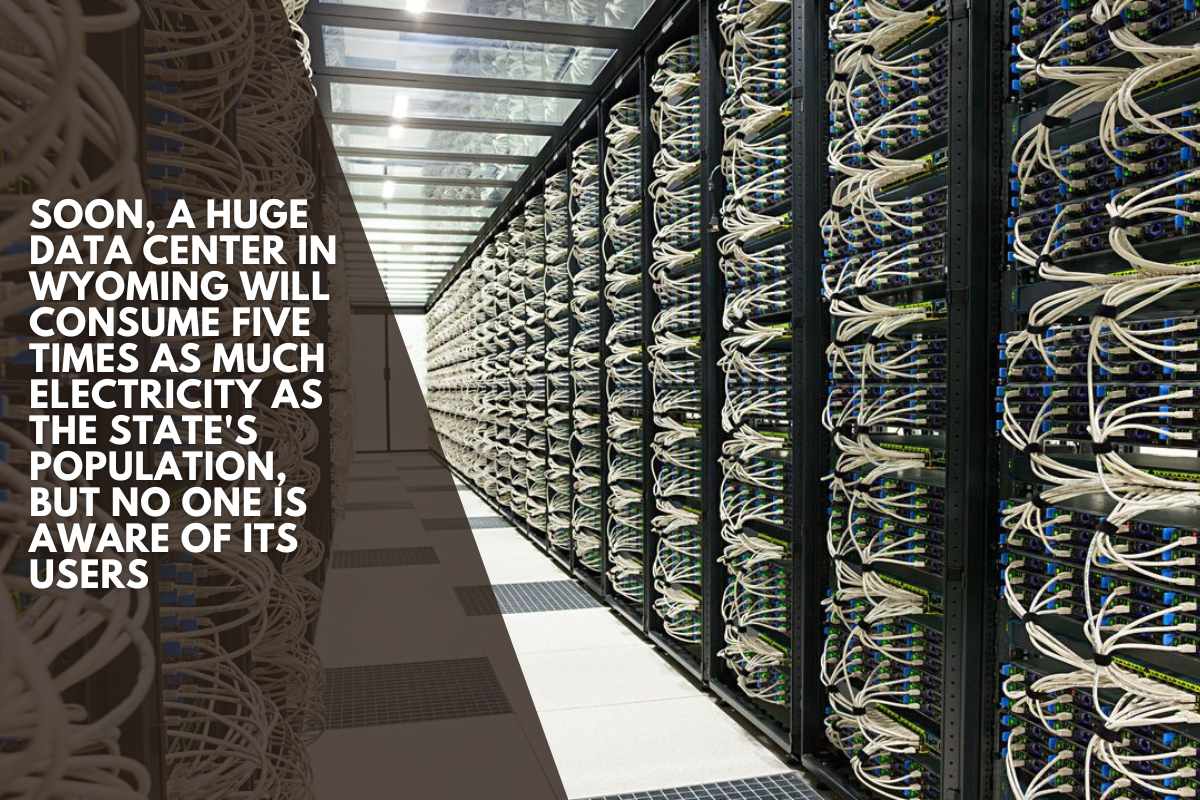Concerns regarding energy consumption and infrastructure requirements have been brought up by plans for a new AI data center in Cheyenne, Wyoming.
Energy company Tallgrass and data center developer Crusoe are collaborating on the proposed facility, which is anticipated to start at 1.8 gigawatts and have the potential to grow to an enormous 10 gigawatts.
For comparison, this is more than five times the amount of electricity currently used by every household in Wyoming.
A dedicated power supply for a silent tenant
The developers plan to power the site using a combination of natural gas and renewables, built specifically for the facility, as there is no way to draw power from the public grid due to the exceptional energy demands.
However, the fact that the data center’s future occupant has not been identified adds to the project’s mystery.
OpenAI has been the subject of speculation since the AI behemoth recently teamed up with Crusoe on a different facility in Texas that is referred to as the “largest data center” in the world.
According to reports, that project uses roughly one gigawatt of energy and is a component of OpenAI’s larger “Stargate” project.
Although OpenAI has not openly acknowledged its presence in Wyoming, the company has committed to building several gigawatts of data center capacity.
Crusoe added to the uncertainty by refusing to confirm or deny whether this new site is connected to Stargate when questioned.
The need for incredibly high-performance hardware is at the heart of these AI-focused data centers.
Experts in the field anticipate that it will contain the fastest CPUs on the market, perhaps in dense rack-mounted workstation configurations that are best suited for training models and deep learning.
Each server node in these systems can manage enormous workloads that require constant cooling and energy, making them power-hungry by design.
Although some experts warn of wider ramifications, Wyoming state officials have welcomed the project as a boost to local industries, particularly natural gas.
Regional power dynamics are changed by a data center of this size, even in the case of a self-sufficient power model.
Residents of Wyoming and the surrounding areas may have to pay more for utilities, especially if local supply chains or pricing structures are impacted indirectly.
Also, Wyoming’s identity as a major energy exporter could be tested if more such facilities emerge.












